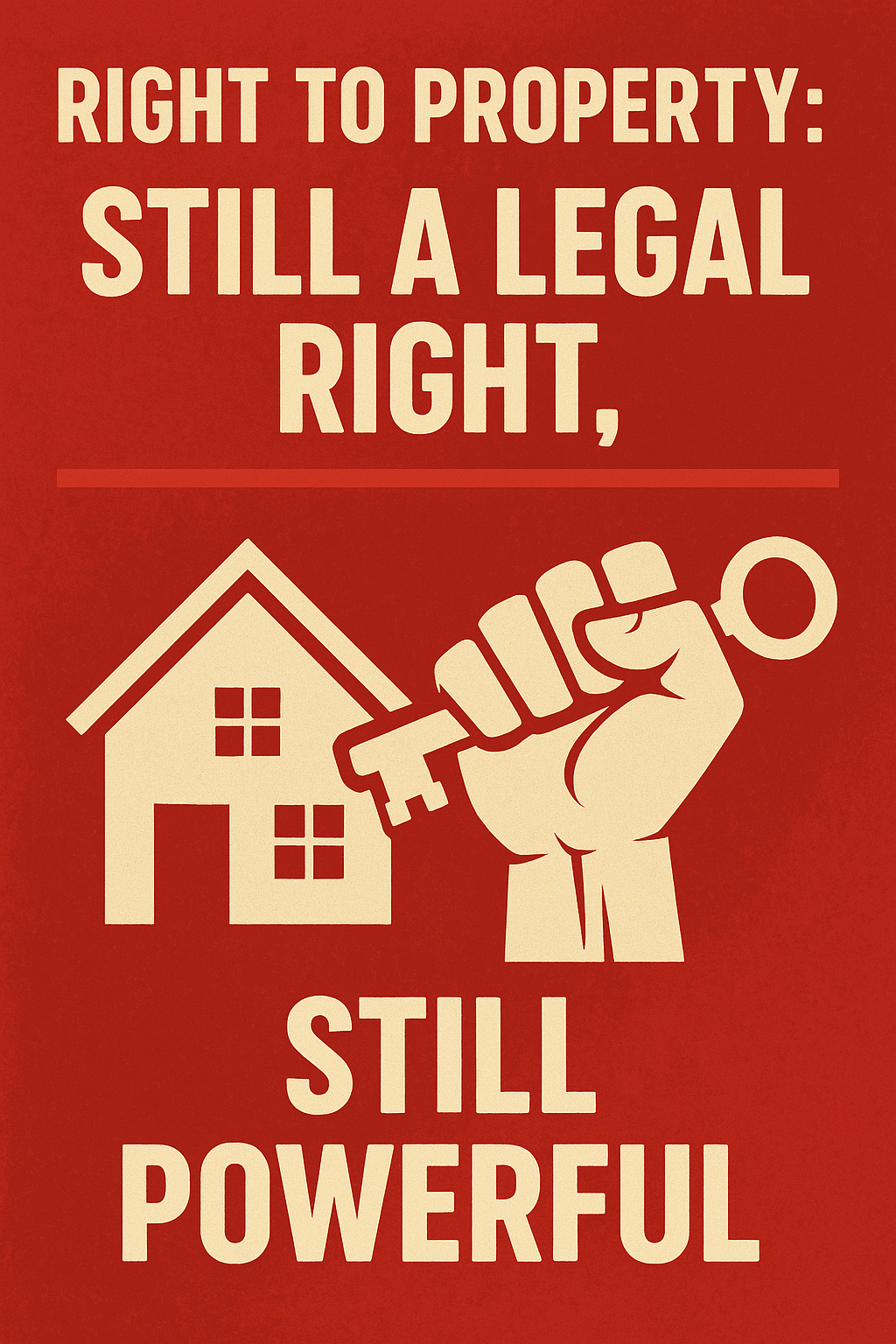Types of Housing Products under Real Estate Transactions
Types of Housing Products under Real Estate Transactions
Detailed Explanation with Case Law
1. Introduction
In real estate, housing products refer to the various types of residential properties available for purchase, lease, or development. Each housing product has distinct characteristics, legal implications, and transaction structures. Understanding these types is crucial in real estate transactions as it affects ownership rights, transfer procedures, financing, and regulatory compliance.
2. Common Types of Housing Products
a. Single-Family Detached Houses
Description: Independent houses designed for one family, with no shared walls.
Legal Features: Full ownership of the land and structure (fee simple in common law).
Transaction: Sale involves transfer of title to both land and building.
Case Law Example:
Johnson v. Davis, 480 So.2d 625 (Fla. 1985)
Issue: Seller misrepresented the condition of a single-family home.
Held: Court held sellers liable for misrepresentations in residential property sales.
Significance: Highlights buyer protections in single-family home sales.
b. Condominiums (Condos)
Description: Individually owned units within a multi-unit building; owners share ownership of common areas.
Legal Features: Ownership of unit in fee simple plus an undivided interest in common areas.
Transaction: Involves a deed for the unit and is subject to condominium bylaws and declarations.
Case Law Example:
Village on the Green Condominium Ass’n v. Village Green Owners Ass’n, 285 N.J. Super. 476 (1995)
Issue: Dispute over the interpretation of condo declarations.
Held: Courts enforce condominium documents to resolve disputes over ownership rights.
Significance: Emphasizes the contractual nature of condo ownership.
c. Cooperative Housing (Co-ops)
Description: Residents own shares in a corporation that owns the entire building; shareholders have a proprietary lease.
Legal Features: No direct ownership of units; control via shares and lease agreements.
Transaction: Transfer involves sale of shares and lease assignment, subject to board approval.
Case Law Example:
Davis v. Zinberg, 52 N.Y.2d 317 (1981)
Issue: Shareholder’s right to assign cooperative lease.
Held: Courts uphold board’s authority to approve or deny subleases or assignments.
Significance: Illustrates governance and transfer restrictions in co-ops.
d. Townhouses / Row Houses
Description: Houses attached in a row with individual ownership of the structure and land parcel.
Legal Features: Fee simple ownership; sometimes subject to homeowner association (HOA) rules.
Transaction: Similar to single-family homes but may involve HOA agreements.
e. Manufactured Homes
Description: Factory-built homes transported to site; may be classified as personal property or real property depending on attachment.
Legal Features: Ownership varies; can be personal property (chattel) or real estate if permanently affixed.
Transaction: Sale documents differ based on classification.
f. Rental Housing
Description: Housing units leased by tenants; ownership remains with landlords.
Legal Features: Governed primarily by landlord-tenant laws.
Transaction: Lease agreements rather than sale contracts.
3. Legal and Transactional Implications of Housing Types
Ownership: Fee simple vs. leasehold vs. shares.
Transferability: Free transfer vs. board approval.
Governance: Homeowners’ associations, cooperative boards.
Financing: Mortgages vary by type (e.g., co-ops typically require different loans).
Disclosures: Seller’s duty to disclose defects.
4. Case Law Illustrating Key Principles
a. Misrepresentation in Residential Sales
Johnson v. Davis (1985)
Sellers must disclose latent defects in housing products. Applies broadly to single-family homes but principles extend to other housing products.
b. Interpretation of Condominium Documents
Village on the Green Condominium Ass’n v. Village Green Owners Ass’n (1995)
Courts enforce bylaws and declarations as contracts between unit owners and associations.
c. Cooperative Share Transfers and Board Authority
Davis v. Zinberg (1981)
Boards have broad discretion over share transfers to maintain building integrity.
d. Manufactured Home Classification
Courts have addressed when manufactured homes become real property. If permanently affixed, they may be treated as real estate (subject to local laws).
5. Summary Table
| Housing Product | Ownership Type | Transfer Method | Key Legal Issues |
|---|---|---|---|
| Single-Family Home | Fee Simple | Deed transfer | Disclosure, title transfer |
| Condominium | Fee Simple Unit + Common Interest | Deed + Compliance with condo docs | HOA rules, assessments |
| Cooperative Housing | Shares + Leasehold | Share transfer + Board approval | Transfer restrictions, proprietary lease |
| Townhouse / Rowhouse | Fee Simple | Deed + HOA rules | Common areas, HOA enforcement |
| Manufactured Homes | Personal property or real estate | Sale of home + land or personal property docs | Classification, titling issues |
| Rental Housing | Landlord Ownership | Lease agreement | Lease terms, landlord-tenant law |
6. Conclusion
Different housing products under real estate transactions come with varying ownership structures, legal considerations, and transfer protocols. Case law reflects the importance of understanding these differences to protect parties’ rights, enforce obligations, and navigate disputes effectively.












0 comments